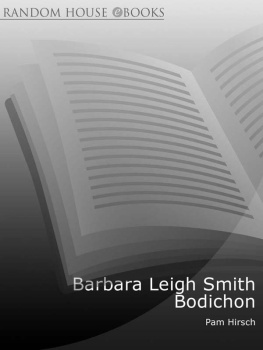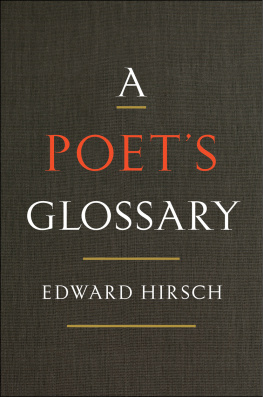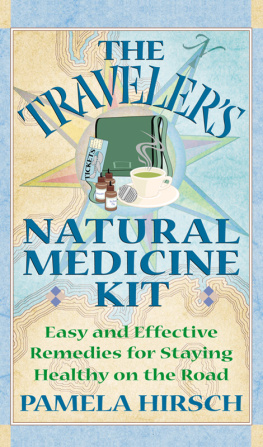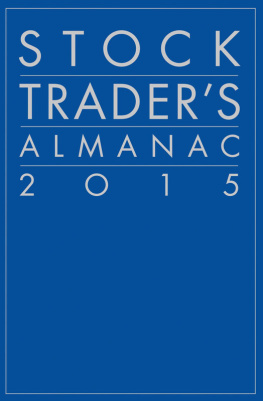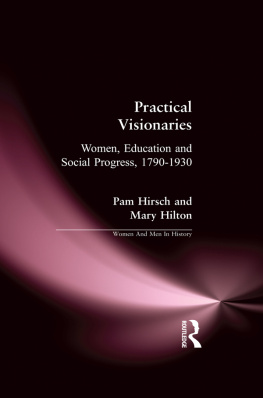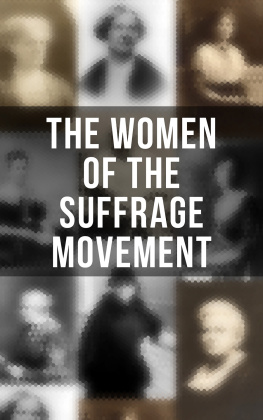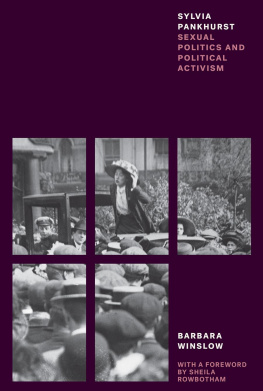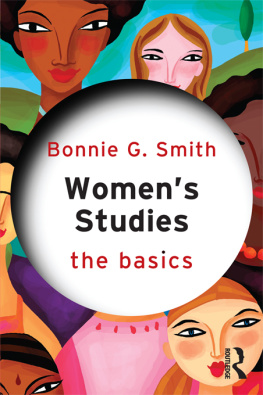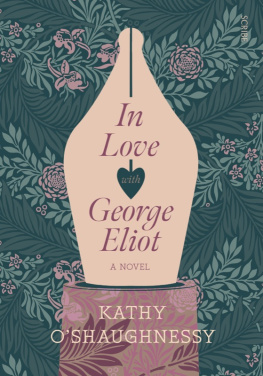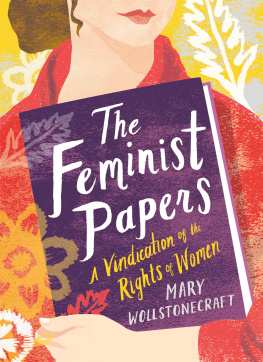BARBARA LEIGH SMITH BODICHON
18271891
Feminist, Artist and Rebel

PAM HIRSCH

This eBook is copyright material and must not be copied, reproduced, transferred, distributed, leased, licensed or publicly performed or used in any way except as specifically permitted in writing by the publishers, as allowed under the terms and conditions under which it was purchased or as strictly permitted by applicable copyright law. Any unauthorised distribution or use of this text may be a direct infringement of the authors and publishers rights and those responsible may be liable in law accordingly.
Version 1.0
Epub ISBN: 9781446413500
www.randomhouse.co.uk
Published by Pimlico 1999
2 4 6 8 10 9 7 5 3 1
Copyright Pam Hirsch 1998
Pam Hirsch has asserted her right under the Copyright, Designs and Patents Act 1988 to be identified as the author of this work
This book is sold subject to the condition that it shall not, by way of trade or otherwise, be lent, resold, hired out, or otherwise circulated without the publishers prior consent in any form of binding or cover other than that in which it is published and without a similar condition including this condition being imposed on the subsequent purchaser
First published in Great Britain by
Chatto & Windus 1998
Pimlico edition 1999
Pimlico
Random House, 20 Vauxhall Bridge Road,
London SW1V 2SA
Random House Australia (Pty) Limited
20 Alfred Street, Milsons Point, Sydney,
New South Wales 2061, Australia
Random House New Zealand Limited
18 Poland Road, Glenfield,
Auckland 10, New Zealand
Random House South Africa (Pty) Limited
Endulini, 5A Jubilee Road, Parktown 2193, South Africa
Random House UK Limited Reg. No. 954009
A CIP catalogue record for this book is available from the British Library
ISBN 0-7126-6581-1
CONTENTS
In memory of my father and mother
Clifford and Joyce Blakemore
PIMLICO
BARBARA LEIGH SMITH BODICHON
Dr Pam Hirsch is a Senior Research Associate at Homerton College and is also a member of the English Faculty and Education Faculty of the University of Cambridge. Born in Birmingham, she became a teacher in Cumbria in the 1960s. Particularly interested in the interweaving of personal and historical contexts, she has written on authors and feminists including Mary Wollstonecraft, George Sand, Elizabeth Barrett Browning, Charlotte Bront and George Eliot. She lives with her husband and two daughters in Cambridge.

PREFACE
Who was Barbara Bodichon? She was many things: artist, law reformer, pamphleteer, journalist, co-founder of Girton College, intrepid traveller, the red-haired charismatic leader of the Langham Place group, Florence Nightingales first cousin and George Eliots closest friend. She was born lucky, in the sense that she was born into a wealthy and cultured family on whom fortune had smiled. But, as a Unitarian, she also had a strong sense of having to deserve that fortune. Both her grandfather, William Smith, and her father, Benjamin Smith, served as reforming MPs so that Barbara grew up cradled in the traditions of the House, knowing as much about framing petitions as framing paintings.
Aged twenty-one, Barbara committed herself to working for women. She wrote:
Philosophers & Reformers have generally been afraid to say anything about the unjust laws both of society and country which crush women. There never was a tyranny so deeply felt yet borne so silently, that is the worst of it. But now I hope there are some who will brave ridicule for the sake of common justice to half the world.
Her friend, the Pre-Raphaelite painter, Anna Mary Howitt, chose Barbara to model for her as Boadicea, brooding over the wrongs of her people.
But there was a shadowed side to Barbaras life. Although the Smith family was rich and powerful, her mother, Anne Longden, was a millers daughter from Derbyshire whom Benjamin Smith had never married. Consequently, large sections of her fathers family refused to recognise or acknowledge the Leigh Smith children. Mrs Gaskell wrote to a friend about Barbara:
she is illegitimate cousin of Hilary Carter and F Nightingale, has their nature in her; though some of the legitimate dont acknowledge her. She is I think in consequence of her birth, a strong fighter against the established opinions of the world, which always goes against my what shall I call it? taste (that is not the word,) but I cant help admiring her noble bravery, and respecting while I dont personally like her.
Barbaras rather ambiguous social position paradoxically allowed her an unusual social mobility. Although her father owned a great estate in Sussex, for example, her identification was not with the landed gentry, but with the disenfranchised seekers of liberty. She once wrote:
I am one of the cracked people of the world, and I like to herd with the cracked such as queer Americans, democrats, socialists, artists, poor devils or angels; and am never happy in an English genteel family life. I try to do it like other people, but I long always to be off on some wild adventure, or long to lecture on a tub in St Giles, or go to see the Mormons, or ride off into the interior on horseback alone and leave the world for a month. I want to see what sort of world this Gods world is.
If Mrs Gaskell found Barbaras insouciant social style slightly hard to stomach, a younger, more bohemian group accepted her delightedly. After Barbara came into the orbit of the Pre-Raphaelites, Dante Gabriel Rossetti described Barbara to his sister Christina as a jolly fellow, and commented:
Ah! If you were only like Miss Barbara Smith! A young lady I meet at the Howitts, blessed with large rations of tin, fat, enthusiasm, and golden hair, who thinks nothing of climbing up a mountain in breeches, or wading through a stream in none, in the sacred name of pigment.
Barbara dreamed of a sisterhood in Art to match that of the Pre-Raphaelite Brethren. Her close friendships with Anna Mary Howitt, Eliza Fox Bridell, Gertrude Jekyll and Marianne North all form part of her story.
Choosing a lifetime partner was a difficult thing for her, as she wanted In this trinity of desires, Eugne represents love, art represents work and social life represents, not tea parties, but her commitment to social reform. She remained true to all three.
Barbara Bodichon is much less well-known than one would expect from her achievements. Her friend Bessie Parkes wrote of her, except in art she was absolutely devoid of personal ambition, but her memory remains with me as that of the most powerful woman I have ever known. She did many things, and historians seem to find it easier to understand and write about a man who pursued one great goal. Womens lives and womens histories often look different, more diffuse and are (perhaps) harder to evaluate.
Nevertheless, the first significant account of the womens movement in Great Britain, Ray Stracheys The Cause (1928), immediately noted that there seems to have been something particularly vigorous and vivid about Barbara Leigh Smith.

